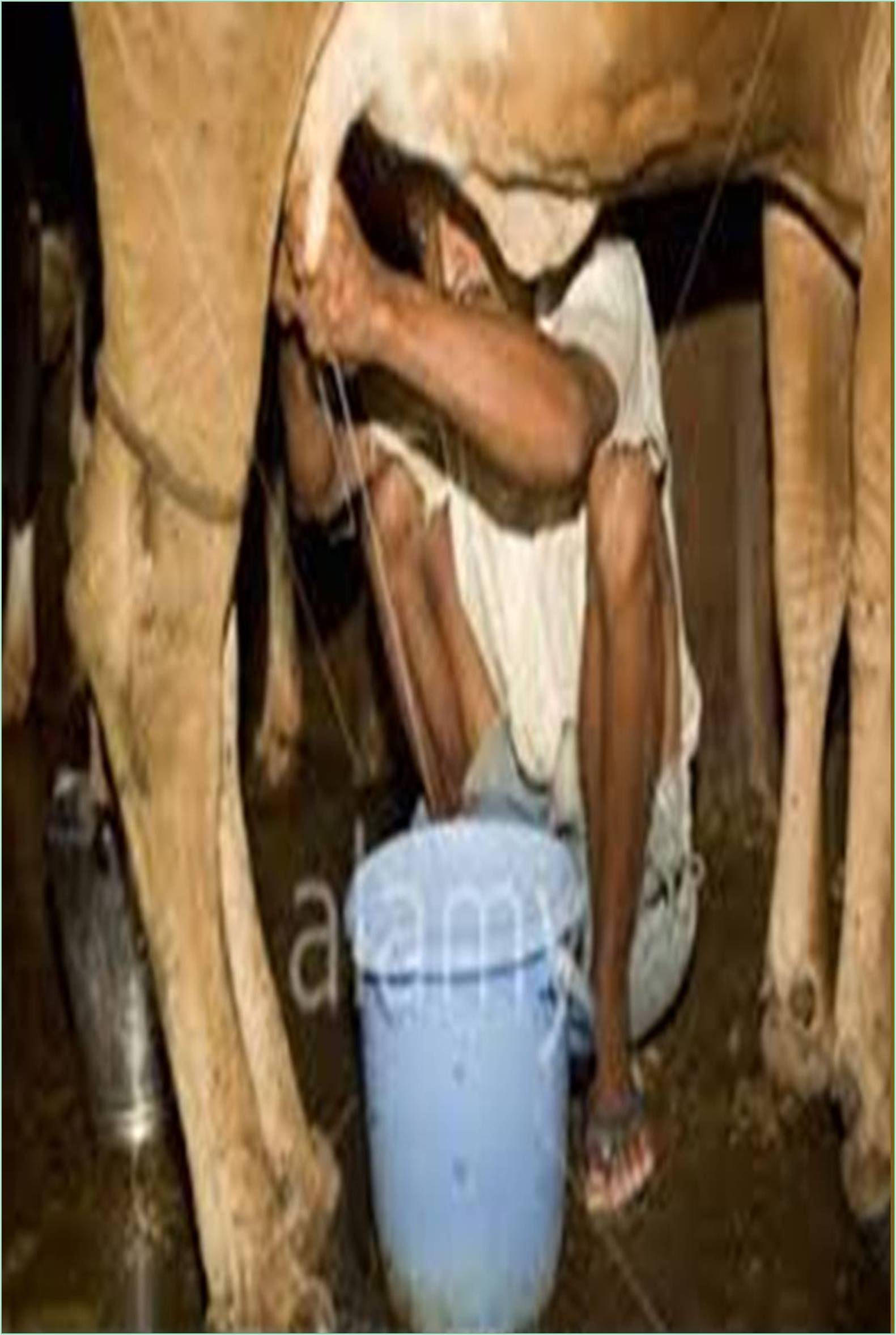



Received: 07-Jun-2021 Published: 28-Jun-2021
Butter is a dairy product made from the fat and protein components of churned cream. It is a semi-solid emulsion at room temperature, consisting of approximately 80% butterfat. It is used at room temperature as a spread, melted as a condiment, and used as an ingredient in baking, sauce making, pan frying, and other cooking procedures. Butter is a water-in-oil emulsion resulting from an inversion of the cream, where the milk proteins are the emulsifiers.
Unhomogenized milk and cream contain butterfat in microscopic globules. These globules are surrounded by membranes made of phospholipids (fatty acid emulsifiers) and proteins, which prevent the fat in milk from pooling together into a single mass. Butter is produced by agitating cream, which damages these membranes and allows the milk fats to conjoin, separating from the other parts of the cream. Variations in the production method will create butters with different consistencies, mostly due to the butterfat composition in the finished product. Butter contains fat in three separate forms: free butterfat, butterfat crystals, and undamaged fat globules. In the finished product, different proportions of these forms result in different consistencies within the butter; butters with many crystals are harder than butters dominated by free fats.
Before modern factory butter making, cream was usually collected from several milkings and was therefore several days old and somewhat fermented by the time it was made into butter. Butter made from a fermented cream is known as cultured butter. During fermentation, the cream naturally sours as bacteria convert milk sugars into lactic acid. The fermentation process produces additional aroma compounds, including diacetyl, which makes for a fuller-flavored and more "buttery" tasting product. Today cultured butter is usually made from pasteurized cream whose fermentation is produced by the introduction of Lactococcus and Leuconostoc bacteria.
Another method for producing cultured butter, developed in the early 1970s, is to produce butter from fresh cream and then incorporate bacterial cultures and lactic acid. Using this method, the cultured butter flavor grows as the butter is aged in cold storage. For manufacturers, this method is more efficient, since aging the cream used to make butter takes significantly more space than simply storing the finished butter product. A method to make an artificial simulation of cultured butter is to add lactic acid and flavor compounds directly to the fresh-cream butter; while this more efficient process is claimed to simulate the taste of cultured butter, the product produced is not cultured but is instead flavored.
Clarified butter is butter with almost all of its water and milk solids removed, leaving almost-pure butterfat. Clarified butter is made by heating butter to its melting point and then allowing it to cool; after settling, the remaining components separate by density. At the top, whey proteins form a skin, which is removed. The resulting butterfat is then poured off from the mixture of water and casein proteins that settle to the bottom. Cream may be separated (usually by a centrifugal separator) from whey instead of milk, as a byproduct of cheese-making. Whey butter may be made from whey cream. Whey cream and butter have a lower fat content and taste more salty, tangy and cheesy.